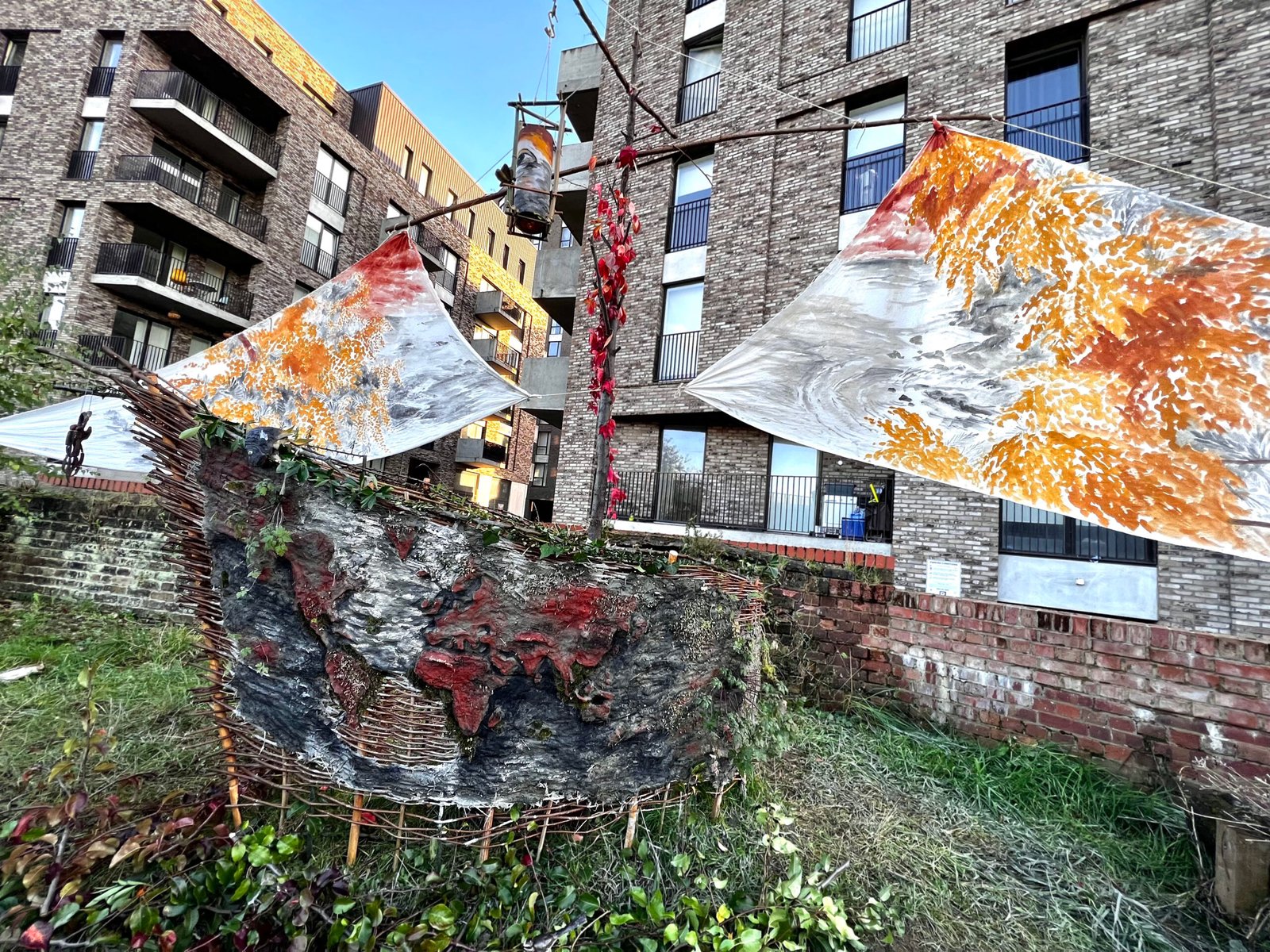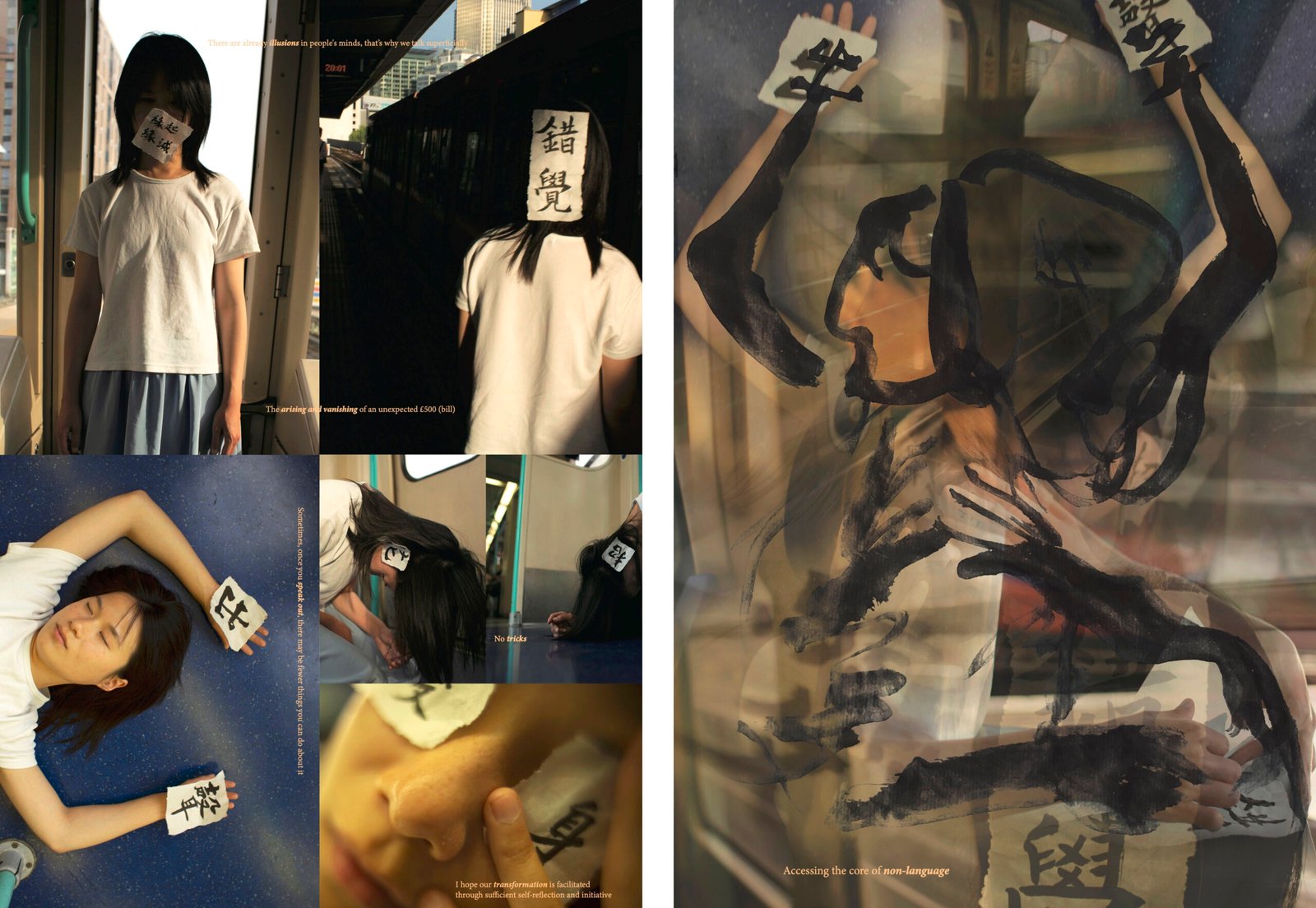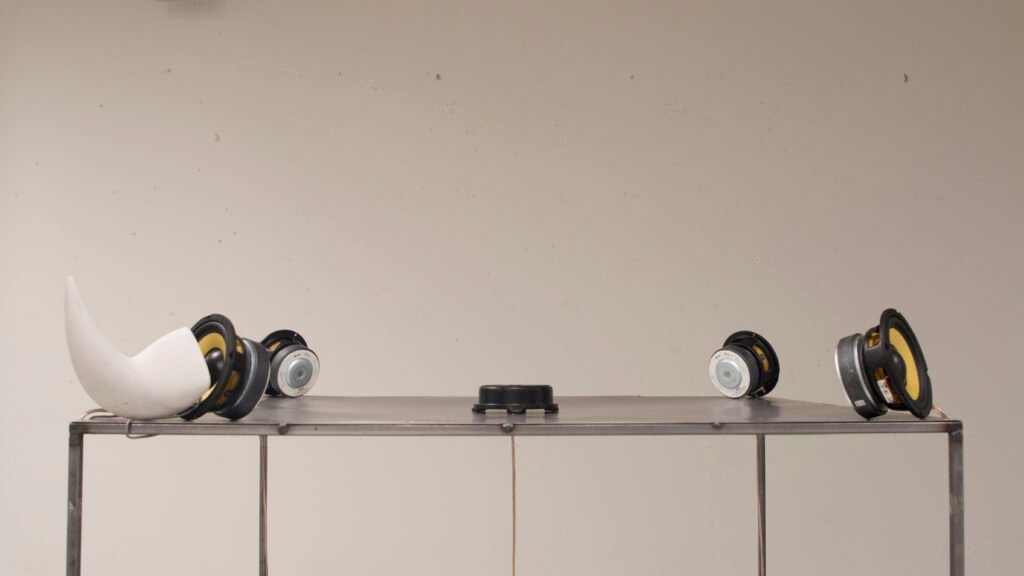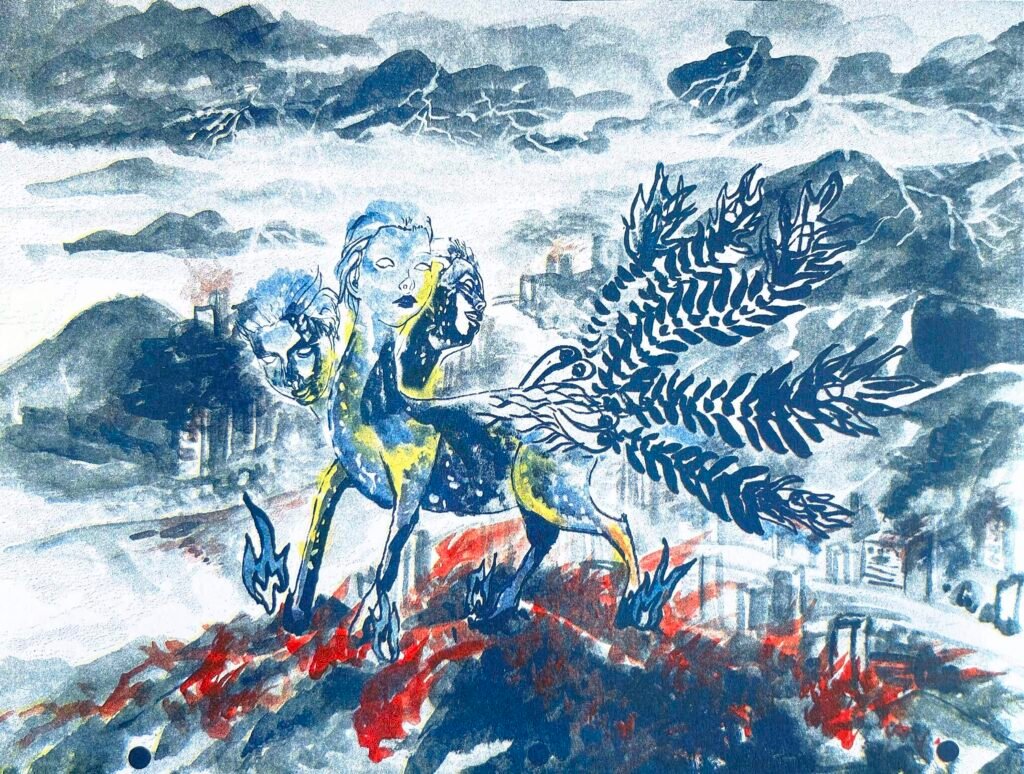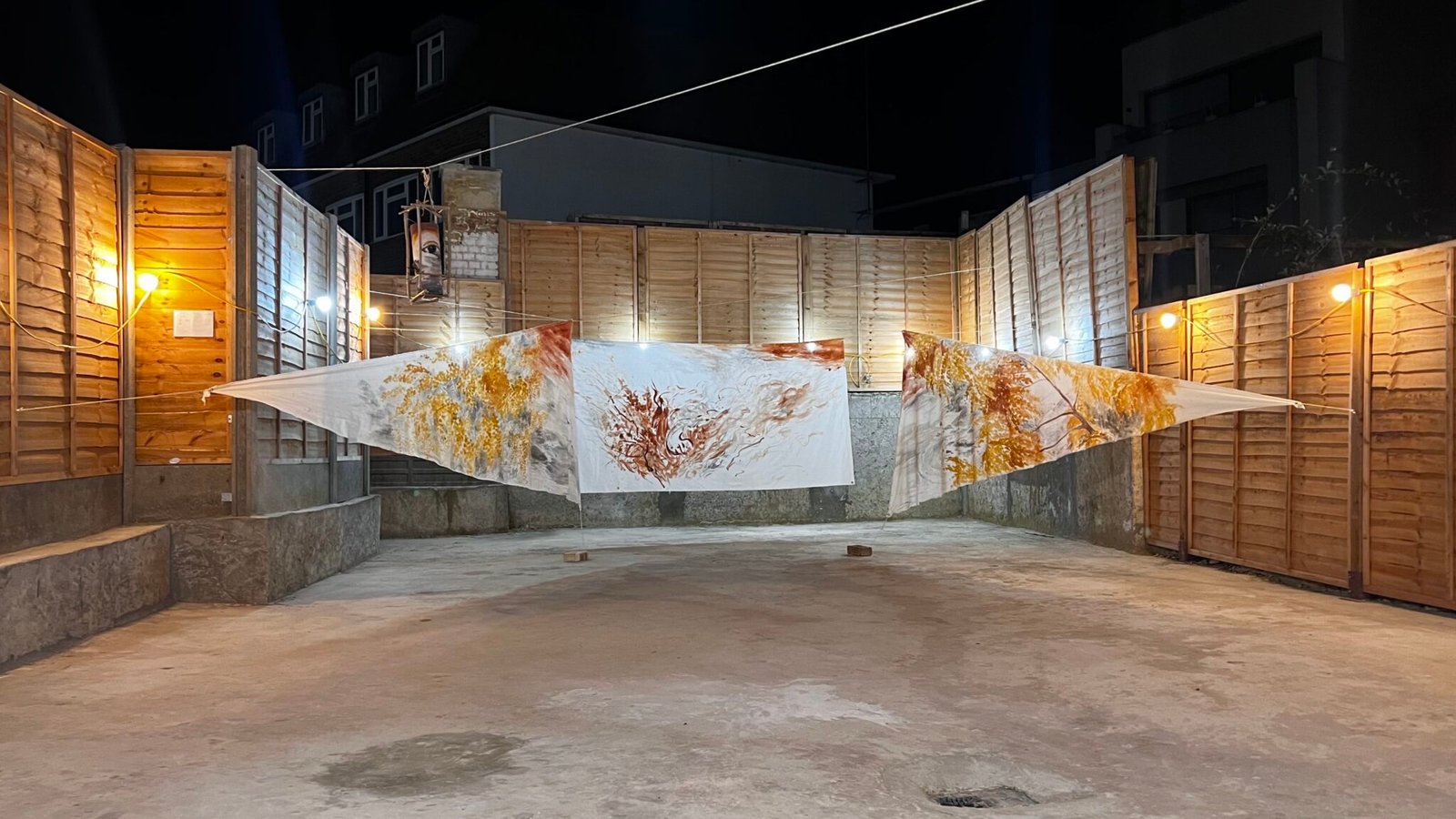
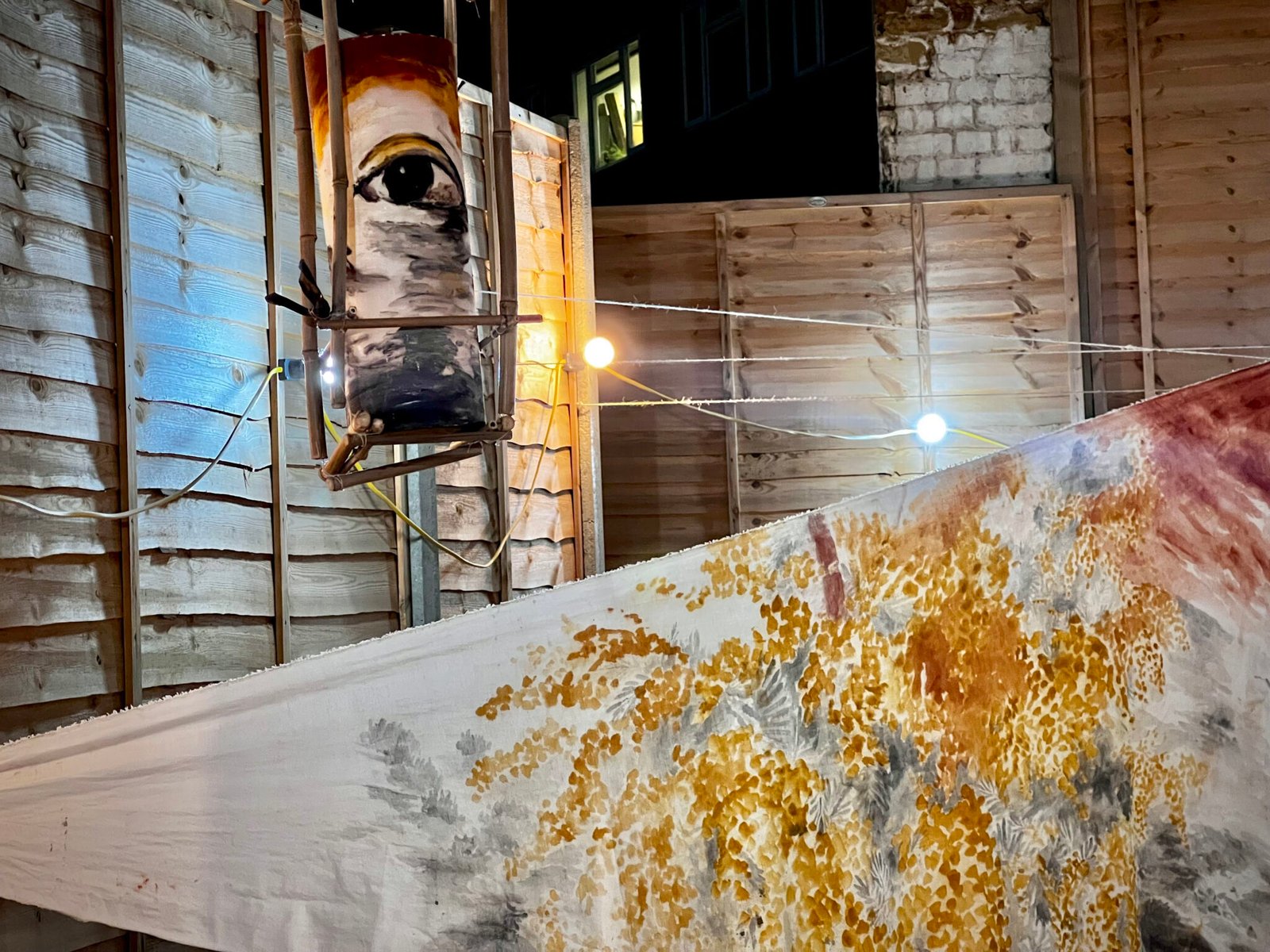
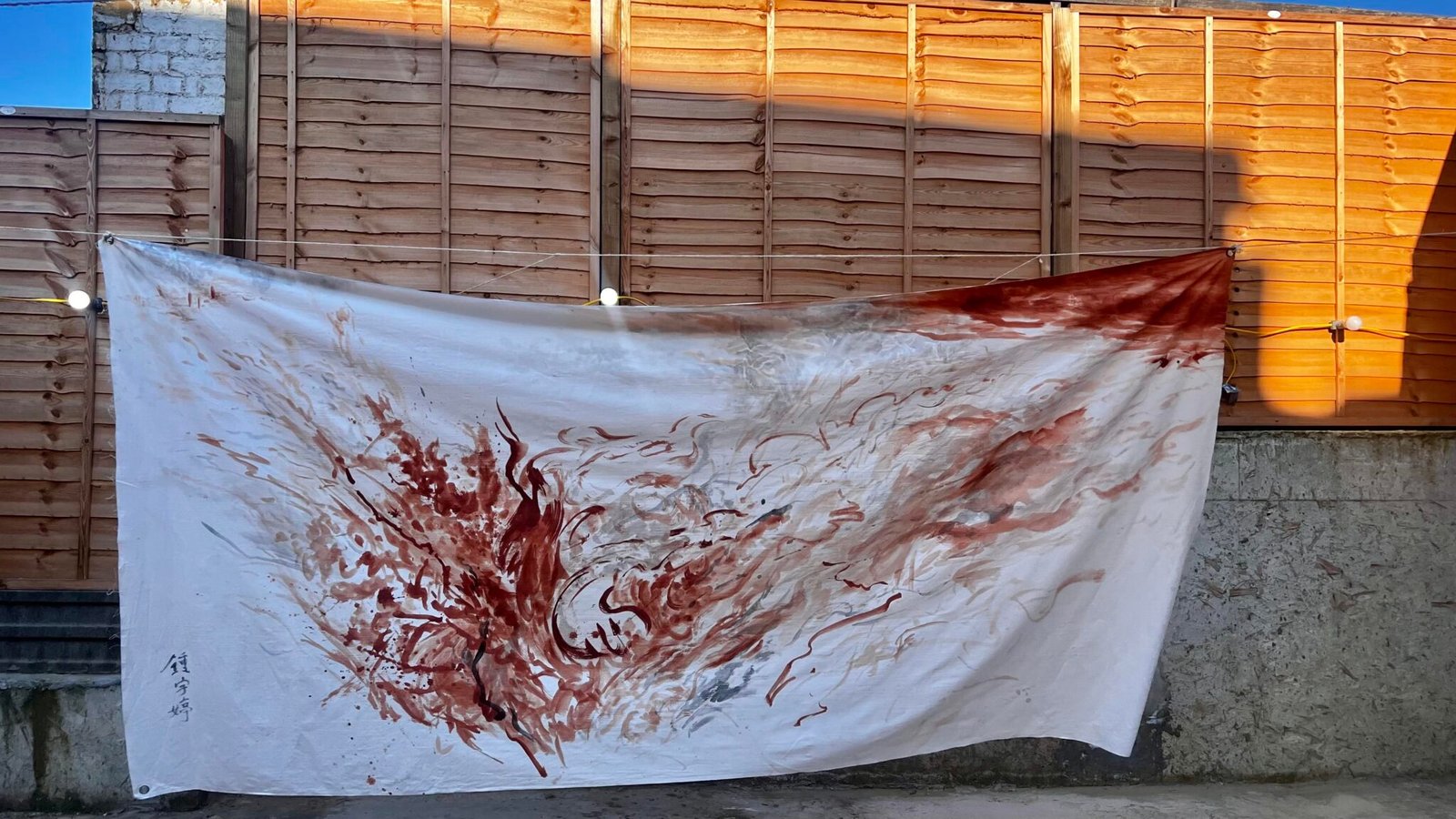
INNER TRAVELLER
2025
BUDDHI FROM THE DUPLICATION (NO ILLUSION IN THE WIND)
2023
Retraces the origins of Chinese characters and the meaning of writing, as discussed in Shuowen Jiezi (Xu Shen,121 CE), ‘Pictographs are drawings that depict the form of objects, capturing their essence and details, representing the sun and moon.’ Inspired by fulu (Chinese characters as incantation), the commission explores the inherent emptiness and sense of living within language.
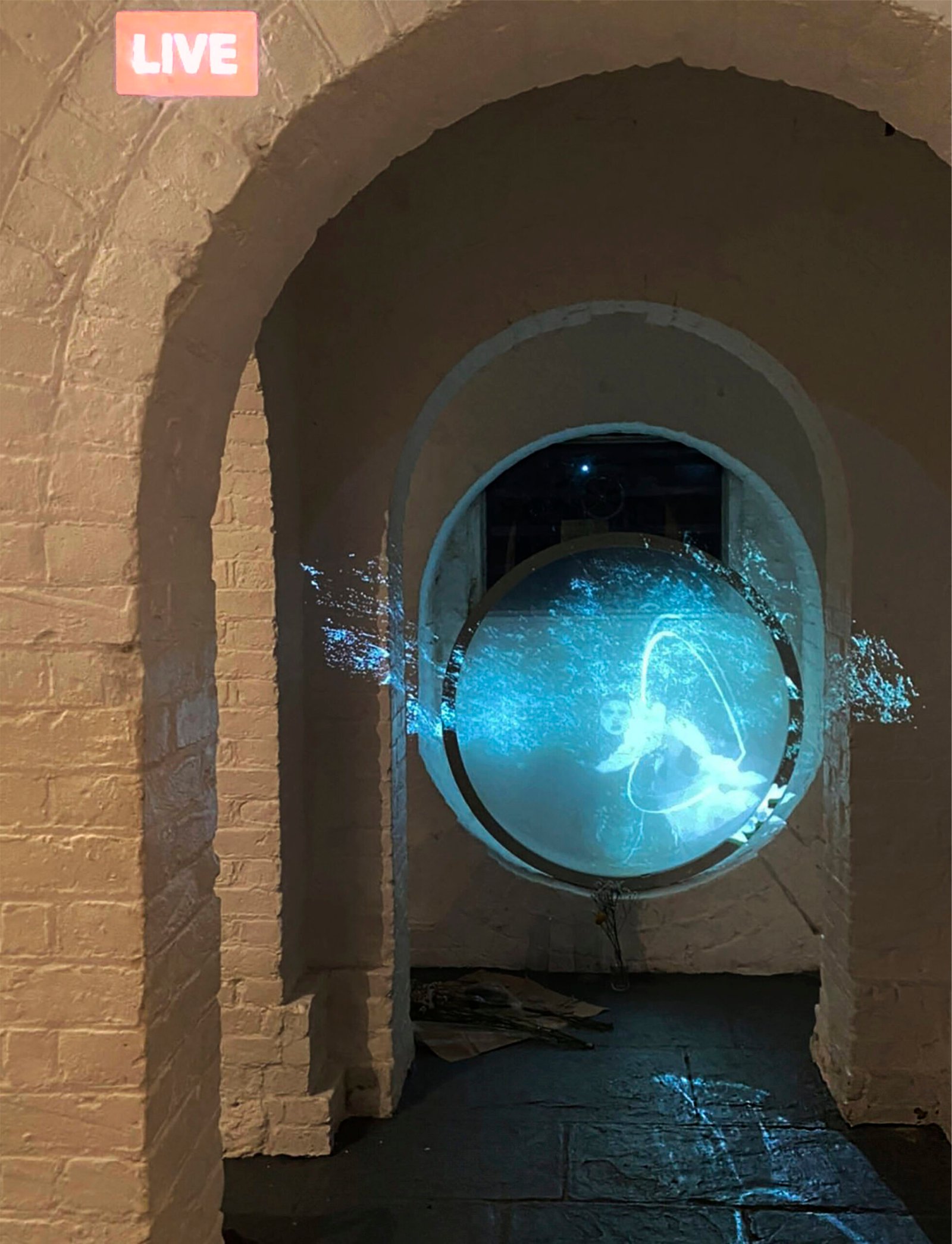
ENDLESS X
2021
Thanks to the meditation practices in Buddhism, I explore this intimate and internal experience, making it a shared one—something that flirts with the air. The Banyan tree featured was photo-scanned from my childhood neighborhood in Taichung, Taiwan. While the area has been demolished, the tree remains. This work reflects the distance between divinity and oneself.
BUDDHI SCULPTURE (BUDDHI FROM THE DUPLICATION)
2019
“Someone who tries to discern me in form or seek me in sound is practising non-Buddhist methods and will not discern the Tathāgata.” This notion from the Diamond Sutra leads us to experience the concept that “Everything with form is unreal.” By employing spatial sound and the body’s sense of vibration, we seek to summon the mood of the spirit world in Buddhism. Can we evoke Buddhi (the feminine aspect of Buddha) within a duplication?
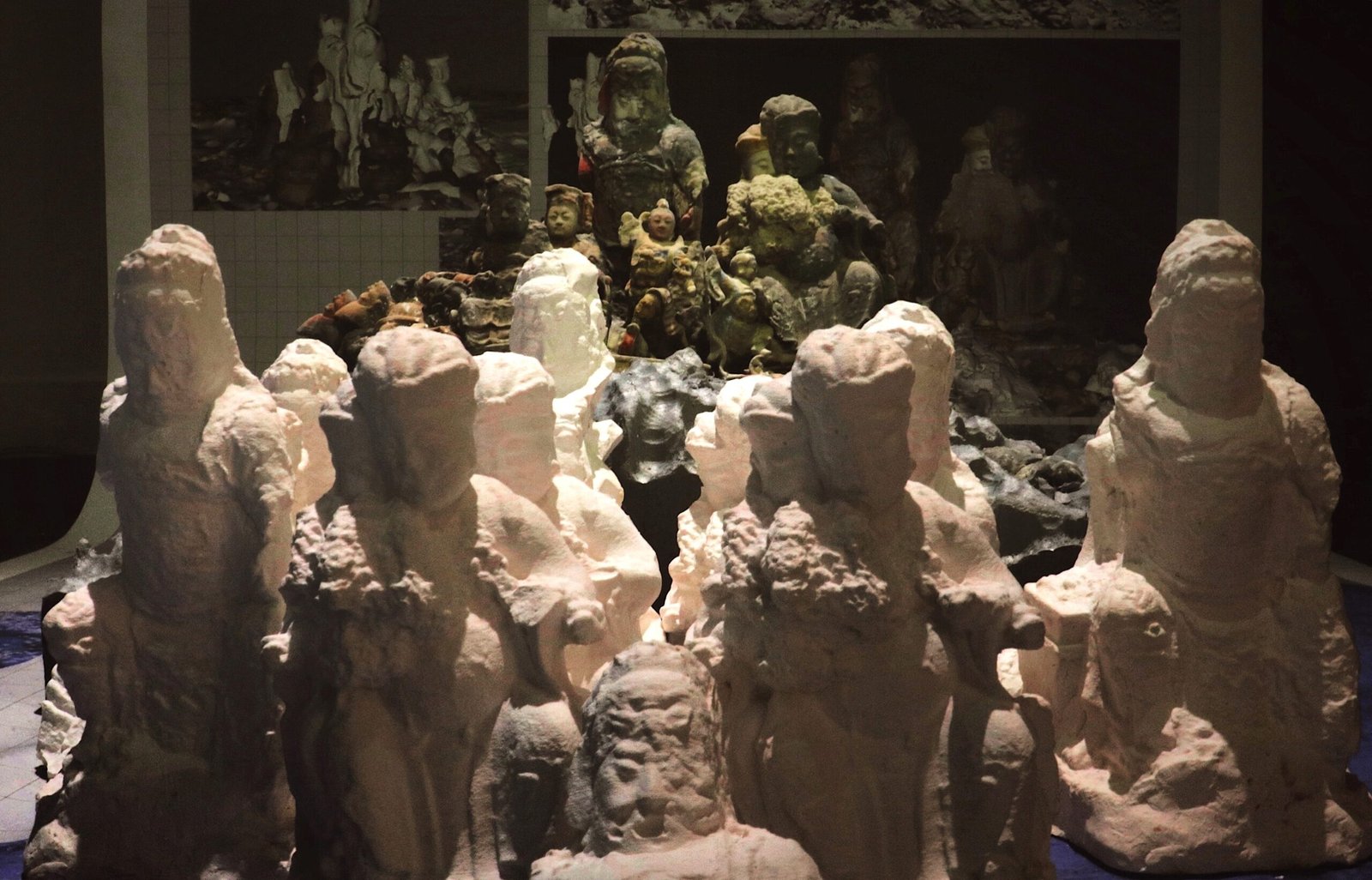
BURNING CROWDS PROJECT
2019
In Eastern folk religion, cremation is considered a gateway to deliver objects to the spiritual world. A cremation ceremony for abandoned deities exists in the folk culture of Taoyuan, Taiwan. The artists focused on the process of blurring the boundary between the physical and spiritual states during the ceremony, exploring the virtual characteristics of divinity by refining the moment of coexistence where the two intertwine.
TRANSFORMATION
2022
The scene is extracted from a film storyboard and being remade with Riso print. It is set in Hong Kong, where a sense of anger and a longing for transformation permeates the unconsciousness of the crowds.
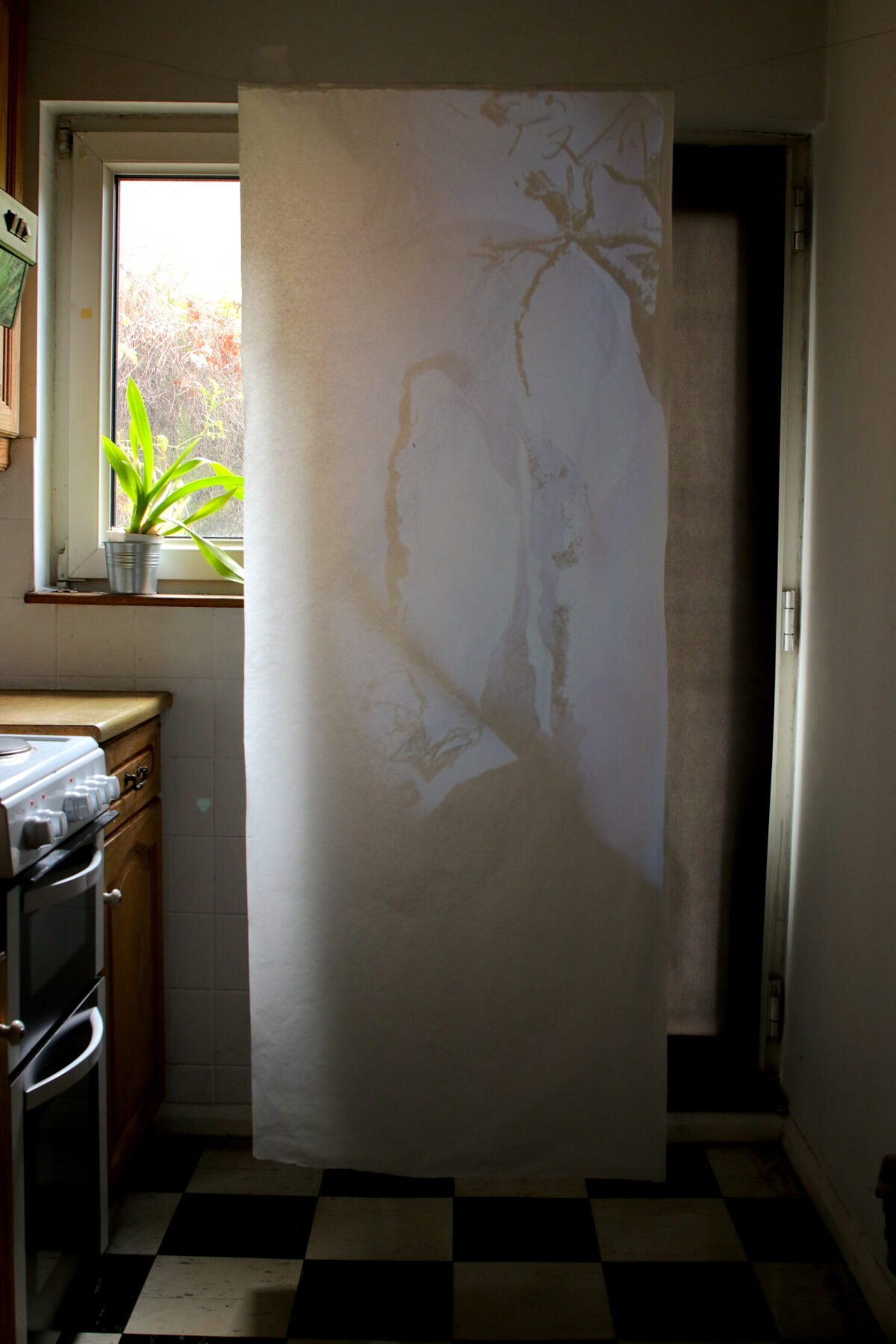
NO (STRANGENESS)
2023
In the Chinese ink painting and calligraphy tradition, a work of art can serve as a spiritual practice, where the recognition of ’emptiness’ holds equal importance to the figures depicted, as it allows for the existence of a transcendent space. In today’s context, what does emptiness signify within our time and space? Drawing from tradition’s insights, I view the work as a mirror or portal to explore both inner realms and otherness.

